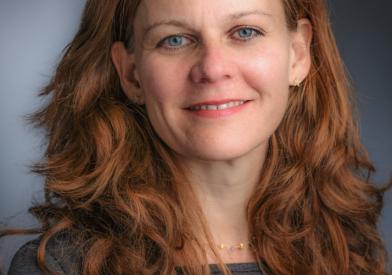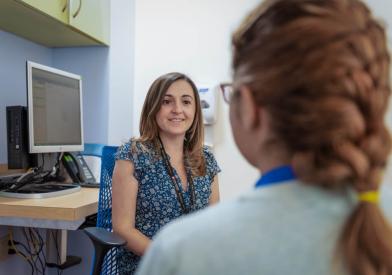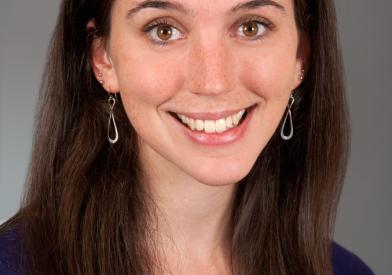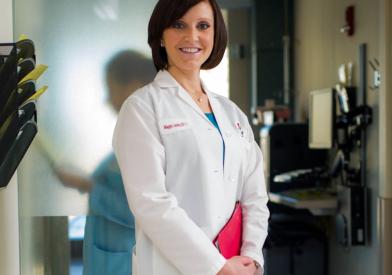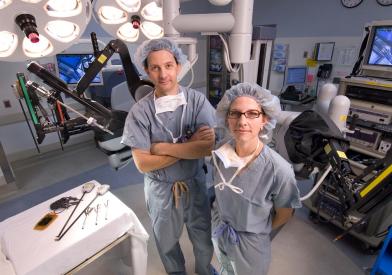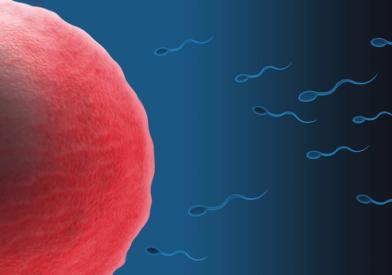
Cancer treatments (including chemotherapy, radiation, and surgery) can affect the fertility of both women and men. Before starting cancer treatment, the impact of treatment on fertility must be discussed. A cancer diagnosis is a stressful time, and having to consider future fertility can add to this stress.
The Adult Fertility Preservation (Oncofertility) Program at Dana-Farber Brigham Cancer Center recognizes that fertility is an important issue related to long-term quality of life. We offer a wide variety of options for both males and females, and help patients navigate this important issue. The Oncofertility Program is part of Dana-Farber's Adult Survivorship Program.
We work closely with the patient's cancer team to ensure that fertility consultation and discussion of preservation options are integrated into the education of all newly diagnosed patients and that fertility preservation plans are in alignment with cancer treatment.
Fertility Preservation Options for Males
Sperm Banking
Sperm banking is offered to all eligible males who can produce a sample. This is recommended for males who will receive therapy that has a chance of causing permanent damage to sperm production.
Sperm Banking and Extraction
Sperm banking is the standard intervention to preserve fertility in males. Sperm banking is when you freeze sperm until needed. If a male cannot ejaculate sperm or has limited sperm in his semen, it is possible he may still have sperm in the testicle. A surgical biopsy of the testicle is performed to obtain a sample of tissue from which sperm are produced. The sperm can then be extracted for banking.
Fertility Preservation Options for Females
Oocyte (Egg) and Embryo Freezing
Egg (oocyte) and embryo banking are well-established ways of preserving fertility in females. Because this process often delays the start of treatment, it is not appropriate for every patient. When a patient's team feels this can be done safely, hormonal medication is used to stimulate the formation of multiple follicles in the ovary, which contain eggs. These eggs are then removed in a minor surgical procedure and are frozen for the patient's future use to achieve a pregnancy. There have been thousands of live births from frozen embryos and eggs and both methods are established methods of fertility preservation.
Ovarian Tissue Cryopreservation
Ovarian tissue freezing is an experimental option available for female patients. The advantage of ovarian tissue freezing is that it does not require time to stimulate eggs in the ovary with medication and can be done quickly. Ovarian tissue freezing also requires a surgical procedure, in which an entire ovary is removed, processed, frozen, and stored for future use. When the patient wishes to become pregnant, the tissue is then thawed and re-implanted. There is also active research regarding the extraction of immature eggs from ovarian tissue in the laboratory and maturing them for use in in-vitro fertilization, without re-implanting the tissue. So far, successful pregnancies have occurred only after re-implanting the tissue.

